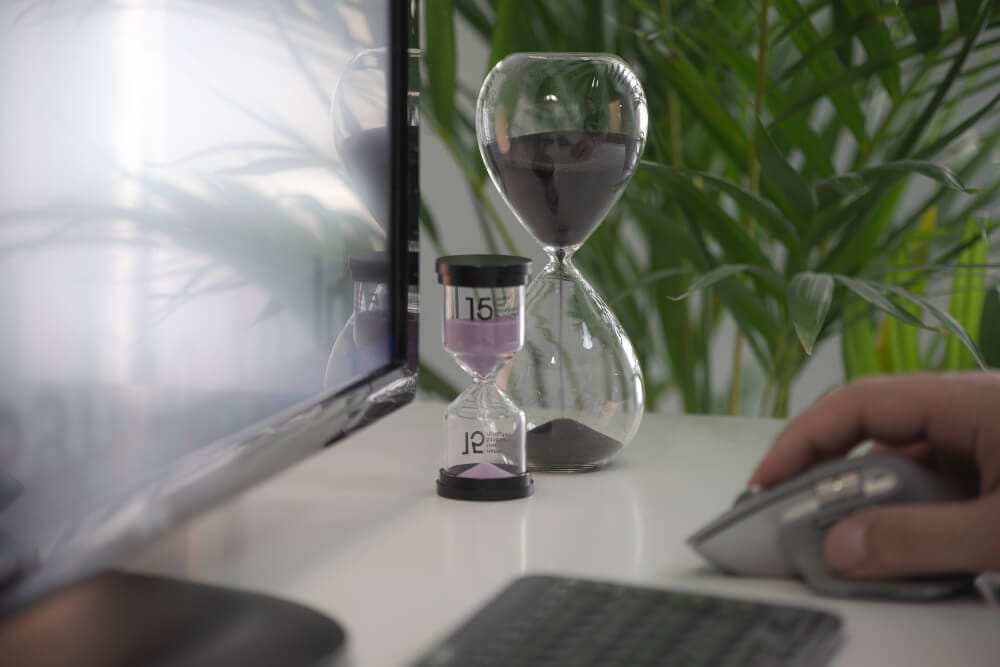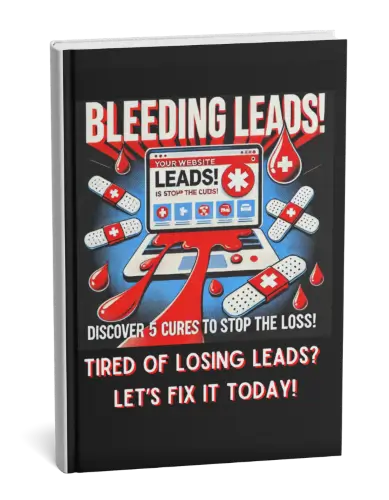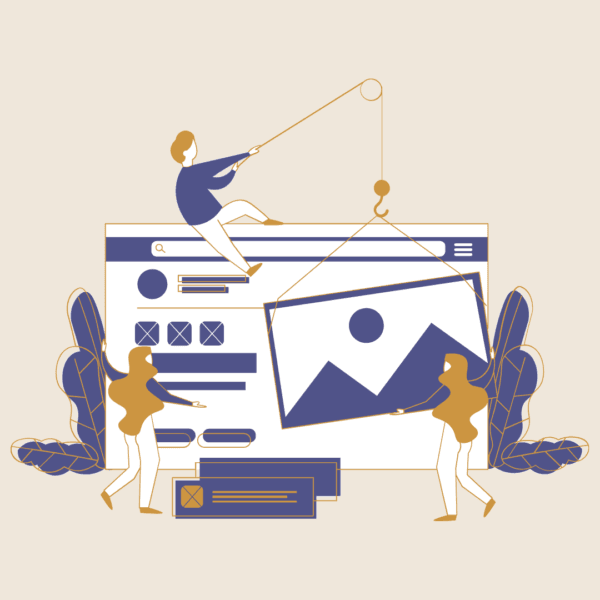
Businesses will frequently experience high bounce rates and immediately assume there is something wrong with their marketing. However, your website may be the culprit more often than you think.
If you want to stay competitive in the online market space, you can’t afford to lose business due to site issues that are easy to fix.
It’s vitally important to understand how website loading speed affects your bottom line and what you need to do to improve it.
SEO stands for Search Engine Optimization, and it includes web design principles that are meant to improve your ranking when engines like Google deliver results to users. A slow website loading speed will mean that Google will take longer to crawl and index your pages. Your site will then be given a negative score and ranked lower than the sites of your competitors. Google has long since claimed that they put the user first, and they have chosen website speed as an important metric. Unfortunately, without search engines offering your site to users, your organic traffic will drop, which will negatively affect your bottom line.
With each passing year, the percentage of mobile users in the online space increases, and developing for desktop users is no longer a primary focus. Your website needs to be responsive and optimized for mobile devices. This means that you should streamline development and navigation for simple, one-finger use. Most importantly, mobile devices usually connect to the internet using wireless connections and don’t have the benefit of fast-speed optic cables. Therefore, images and all other media files should be reduced in size for the mobile version of your site to speed up page loading. Not only will users recognize this, but search engines will pick up on it as well, which loops back around to the SEO issue we previously brought up.
If your page takes longer than a couple of seconds to load, users will quickly get bored of waiting and move on to another website. It takes a lot of effort to get someone to click on a link to your site. Why waste that opportunity by having them leave before your page even finished loading? Slow load times can affect conversion rates and the visitor experience in a negative way. Unfortunately, unhappy users mean that your bottom line will suffer, so it is worth looking into what improvements you can make on that front.
Conversion rate represents the number of website visitors who respond to your call to action. This can range from purchasing products from your online store, subscribing to a newsletter, or filling out forms on your site. A conversion is a person who is doing what they are supposed to be doing on your website. Unfortunately, none of these interactions are possible if visitors leave before your page even loads. If you have load times of over 3 seconds – you can expect a dramatic drop in website conversions. This is especially important for eCommerce sites that rely on a strong call to action geared towards closing the sale. Conversion rates are the highest for websites with load times below 2 seconds.
Even those visitors who are determined to stick around and spend time on your website are going to have a miserable experience if they have to spend too much time waiting for pages to load. Navigation on the site becomes a chore if it takes you several seconds after each button press. People who were generally interested in your company and even purchased your products won’t be likely to recommend you to their friends. Naturally, why would they want anyone else to suffer through unbearable load times? Word of mouth, user reviews, and the overall user experience are extremely important to your bottom line. Every company needs to rely on a stable customer base and repeat business in order to maintain a healthy profit.

Now that we’ve shown how website loading speed affects your bottom line, you need to do everything you can to improve the situation. Most of your customers will interact with your company through the use of your website.
In today’s world, users can complete multiple purchases without ever meeting any one of your employees or walking into your office or store. Therefore, optimal website performance is the key to improving your bottom line.
Here is what can slow down your website and what you need to improve performance and boost load times:

Nowadays, both users and search engines will demand fast-loading websites. You shouldn’t get drawn into overly complex website designs.
Look to simplicity and reliability as your primary design principles.
Straying from the norm and making your website a cumbersome and slow mess will only result in high bounce rates and lost sales.
We’ve seen how website loading speed affects your bottom line, so all that’s left for you to do is to optimize and speed up your site!






